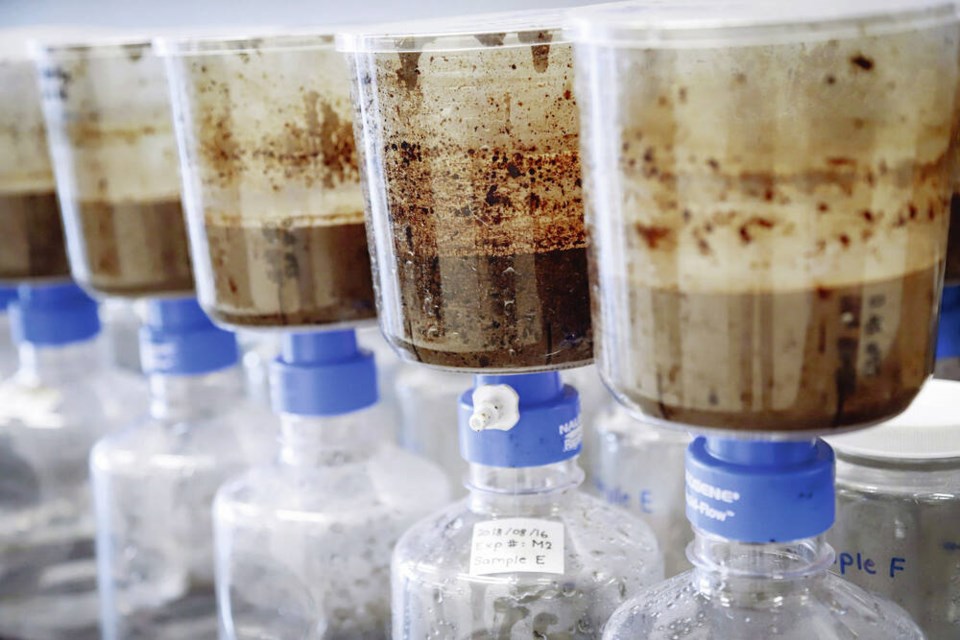Almost 45 years ago, I co-led a report titled Our Chemical Society for the City of Toronto’s Department of Public Health, for whom I then worked.
It makes for instructive reading, because the industry we were focused on seems to have changed little in the intervening decades in terms of its approach, although it has grown even larger.
In 1981, we wrote: “The chemical industry is a large and powerful sector of our society, and is committed to expanding the use of chemicals. Indeed, many chemicals used in many varied ways have been beneficial to us all. However, the extent to which chemicals have penetrated ourselves and the environment of which we are a part is a matter for serious concern.”
At that time, it was estimated, there were 60,000-100,000 chemicals in commercial use, with 1,000 new chemicals introduced annually. Of these, 34,000 chemicals were on the U.S. EPA’s 1978 Toxic Effects List and there were 1,400 pesticides used in North America.
Today, in spite of decades of scientific and public concern, the situation is, if anything, worse. The chemical industry, noted the authors of a recent study in the journal Environmental Science and Technology, “is the second largest manufacturing industry globally. Global production increased 50-fold since 1950, and is projected to triple again by 2050 compared to 2010.”
There are now estimated to be “350,000 chemicals (or mixtures of chemicals) on the global market,” of which “nearly 70,000 have been registered in the past decade.”
The study assessed whether we have passed the planetary boundary for “novel entities.” These are “new substances, new forms of existing substances and modified life forms,” things of which nature — including we humans — has no experience and not much adaptive capacity.
Novel entities include not only chemicals but “new types of engineered materials or organisms not previously known to the Earth system” (think nano-particles of plastic and GMOs) and heavy metals that we have mined and mobilized into the environment.
But many of these chemicals remain inadequately tested.
The article on novel entities gave an example: Of more than 12,000 chemicals registered for review in a European Union program, only 20 per cent had been assessed after 10 years of operation of the program.
And that is in a rich and well-managed region. They also reported that nearly 30,000 new chemical products “have only been registered in emerging economies, where chemical production has increased rapidly, but chemicals management and disposal capacity often are limited.”
In our 1981 report, we expressed concern in particular about the problem of ecotoxicity: the dispersal of harmful pollutants throughout the environment (see my Dec. 3, 2023 column).
Many of those are persistent organic pollutants (POPs) that accumulate and are bio-magnified up the food chain – and guess who sits at the top of these food chains: us, orcas, raptors and other predators.
As a result, we and they are born with and over time further accumulate a body burden of a mixture of POPs, the health effects of which are largely unknown, especially as a mix of many different chemicals.
Because of inadequate testing and population health monitoring and research, a commission on pollution and health, established by The Lancet, suggested in 2017 that there are large categories of pollutants for which we lack knowledge of their actual health impacts.
As a result, “the health effects of pollution that are currently recognised and quantified could thus be the tip of a much larger iceberg.”
Unsurprisingly, then, the assessment of the planetary boundary for novel entities found “the planetary boundary … is exceeded since annual production and releases are increasing at a pace that outstrips the global capacity for assessment and monitoring.”
In effect, the chemical industry is subjecting us — and all the other species with whom we share this planet — to an uncontrolled experiment to which we never consented, and of which we were not adequately informed — in fact, we have been deliberately kept in the dark by so-called “trade secrets.”
Forty-five years later, the chemical industry continues to fight tooth and nail to protect its profits and avoid stronger regulation, regardless of the toll on people and the myriad other species with which we share the planet.
Dr. Trevor Hancock is a retired professor and senior scholar at the University of Victoria’s School of Public Health and Social Policy.
>>> To comment on this article, write a letter to the editor: [email protected]



